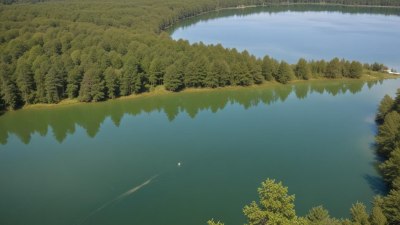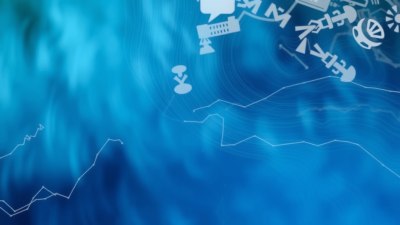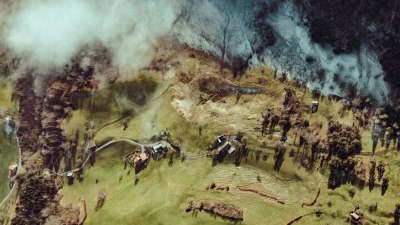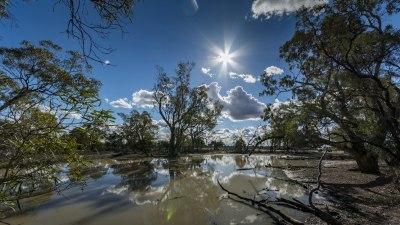The Forgotten Storm How a 19th Century Hurricane Changed Modern Weather Science
Explore how a 19th century hurricane reshaped our understanding of meteorology and weather science.
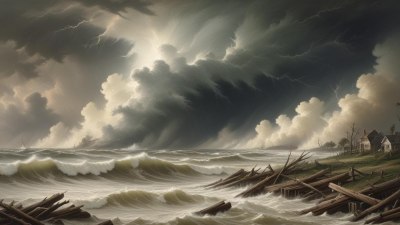
This image was created with the assistance of Freepik
The study of hurricanes and their impact on society has long been a significant aspect of meteorology, but few events have had as profound an effect on modern weather science as the forgotten storm of the 19th century. This article delves into the details of a hurricane that, despite being overshadowed by more infamous storms, has shaped the foundations of weather science as we know it today.
Introduction to the Forgotten Storm
In the late 19th century, specifically in 1886, a hurricane swept through the coastal regions of the United States, particularly affecting the Southeast. This event, while not as well-remembered as others like the Galveston Hurricane of 1900, was pivotal in the development of meteorological practices. The impact of this storm on local communities and the subsequent advancements in weather prediction cannot be overstated.
Initial Observations and Reports
The storm began as a tropical disturbance off the coast of the Caribbean, slowly evolving into a full-blown hurricane. Initial observations were sparse, with many relying on rudimentary methods such as sailors’ reports and barometric pressure readings. At the time, accurate prediction and tracking of hurricanes were practically nonexistent, leading to devastation as communities were caught off guard.
The Journey of Scientific Inquiry
In the aftermath of the hurricane, scientists and meteorologists began to take a closer look at this event. Notably, one of the first comprehensive studies of the storm was conducted by a small group of researchers who ventured into the affected areas. Their findings, published in the American Meteorological Society’s journal, highlighted the vital need for better data collection and analysis in weather science.
Impact on Local Communities
The hurricane wrought havoc on several towns, destroying buildings and displacing thousands. In particular, coastal cities like Charleston, South Carolina, bore the brunt of its fury. This prompted local and state governments to reconsider their disaster preparedness plans. The storm's legacy, however, remains in the improved approaches to managing such natural disasters.
The Role of Technology in Weather Prediction
During the late 19th century, technology was not as advanced as it is today. The observations made during this hurricane advocated for the use of telegraphs and weather stations that could relay crucial information in real-time. The struggles faced during and after the storm led to stronger support for the establishment of the Weather Bureau (now the National Weather Service) in 1890, a direct response to the inadequacies highlighted by this storm.
The Establishment of the Weather Bureau
The forgotten storm was instrumental in the foundation of the Weather Bureau. Prior to its establishment, weather forecasting was largely speculative and inconsistent. The Bureau's creation was a turning point, leading to the implementation of systematic data collection and forecasting methods that have evolved into the complex models we use today. This transformation created a safety net for future communities, minimizing the impact of subsequent storms.
Advancements in Meteorological Science
As meteorologists began to analyze the data from this storm, several foundational theories emerged. The understanding of cyclone dynamics deepened, and researchers began to establish links between storms and atmospheric conditions. These explorations were crucial in developing the modern meteorological models that predict hurricanes and severe weather events.
Lessons Learned
One of the key takeaways from the forgotten storm was the importance of community preparedness. The devastation resulted in a widespread recognition of the need for individuals and communities to be better informed about weather patterns and emergency response protocols. This set a precedent for the development of educational campaigns that have since become integral to modern disaster response strategies.
The Legacy of the Forgotten Storm
Though overshadowed by grander hurricanes, the forgotten storm transformed the trajectory of weather science. It illustrated the potential of systematic study and prompted advances that would benefit generations. While the storm itself may have faded from public memory, its influence on meteorological practices remains significant even in the 21st century.
Modern Weather Science and Historical Cyclones
Today, the legacy of this hurricane is integrated into how meteorologists study historical hurricanes. By analyzing past storms, researchers continue to refine their models and improve the accuracy of their forecasts. This ongoing endeavor pays tribute to the forgotten storm and acknowledges its role in paving the way for contemporary meteorological advancements.
The Impact of Climate Change
The effects of climate change have reignited discussions about hurricanes and their ongoing evolution. While the forgotten storm was unpredictable by the standards of its time, today’s scientists are grappling with how warming oceans may lead to more intense storms. This issue underscores the importance of historical storms in informing present and future weather patterns.
Looking Forward
As we move further into the 21st century, the lessons learned from the forgotten storm continue to resonate. With advancements in technology, meteorologists are better equipped to monitor and predict storm behavior. However, the fundamental principles of preparedness and community resilience, highlighted by the impacts of this 19th-century hurricane, remain as relevant as ever.
The forgotten storm of the 19th century stands not only as a historical event but as a cornerstone for modern meteorological practices. By understanding the past, we can better prepare for the future. The significant changes initiated in the aftermath of this storm have shaped today’s weather science, enabling better forecasting, improved disaster response, and ongoing research into the complexities of weather phenomena.

